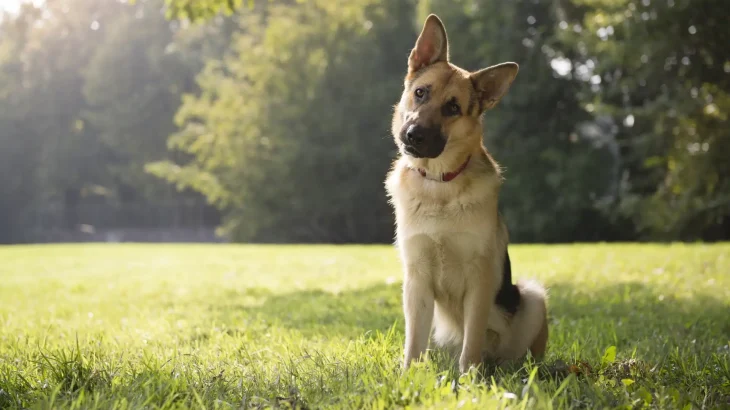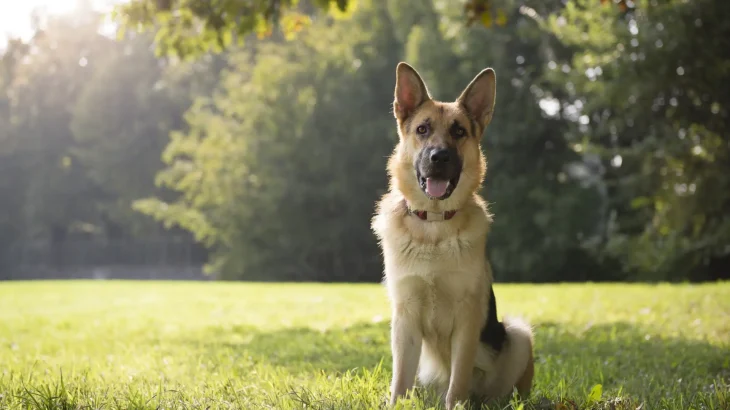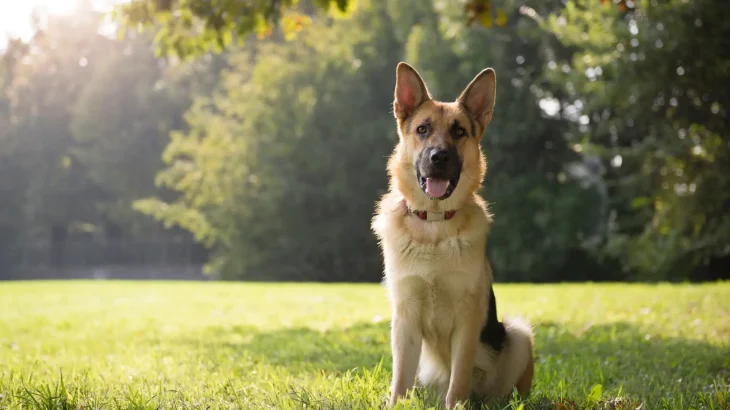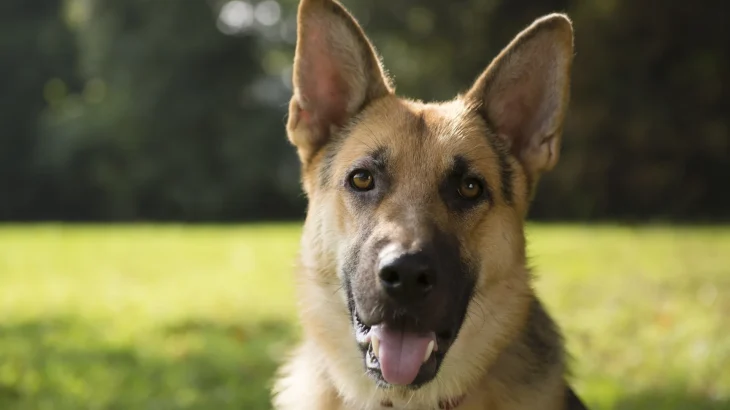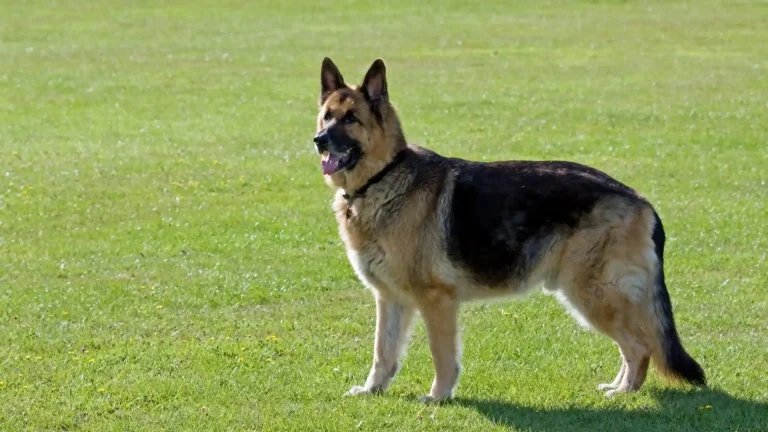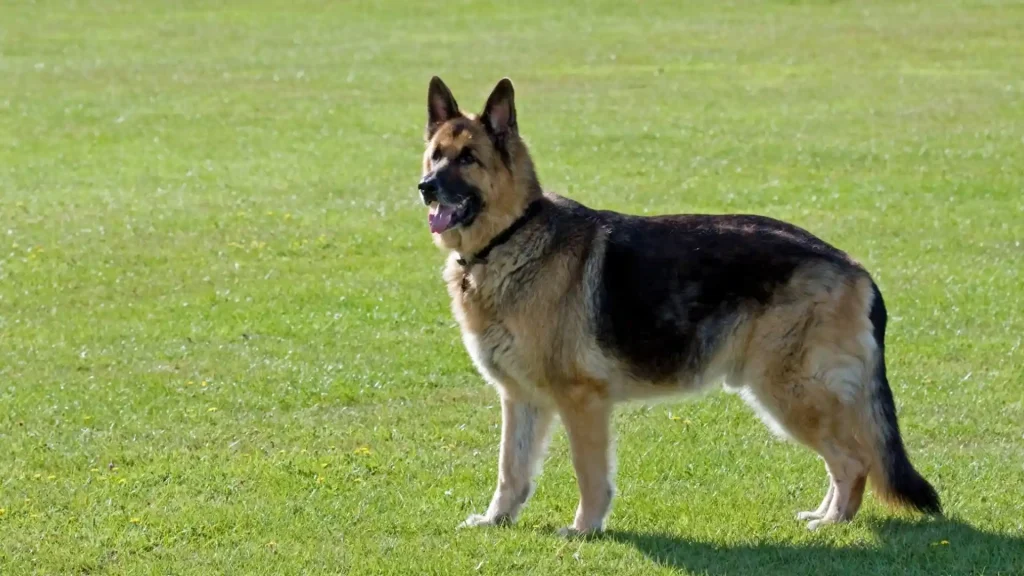Deciding whether to adopt or purchase an American Alsatian puppy depends on what you prioritize in your new companion. Buying from a breeder often ensures access to detailed health records and breed-specific traits, while adoption may offer a chance to provide a home to an adult dog, but with less certainty about its background.
Adoption vs. Breeder: Pros & Cons
| Criteria | Buying from Breeder | Adopting from Shelter/Rescue |
|---|---|---|
| Cost | Typically higher cost; puppies are highly sought after and priced accordingly. | Lower fees; may include vaccinations and spaying/neutering. |
| Health History | Comprehensive health records and genetic screening; bred for longevity and health. | Health history possibly unknown; basic health checks usually conducted. |
| Age Availability | Primarily puppies and young dogs; ideal for raising from early stages. | Mostly adult dogs; fewer puppies, limiting age choice. |
| Temperament Insight | Breeders provide in-depth knowledge of lineage temperament and traits. | Temperament based on shelter behavior; background often uncertain. |
| Breed Purity & Pedigree | Dogs come with official American Alsatian registration and pedigree documentation. | Breed purity not guaranteed; mixed or unknown ancestry common. |
| Ethical Considerations | Supports preservation of the breed through controlled, ethical breeding. | Helps save a dog in need and supports animal welfare causes. |


